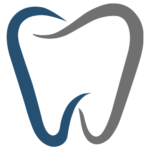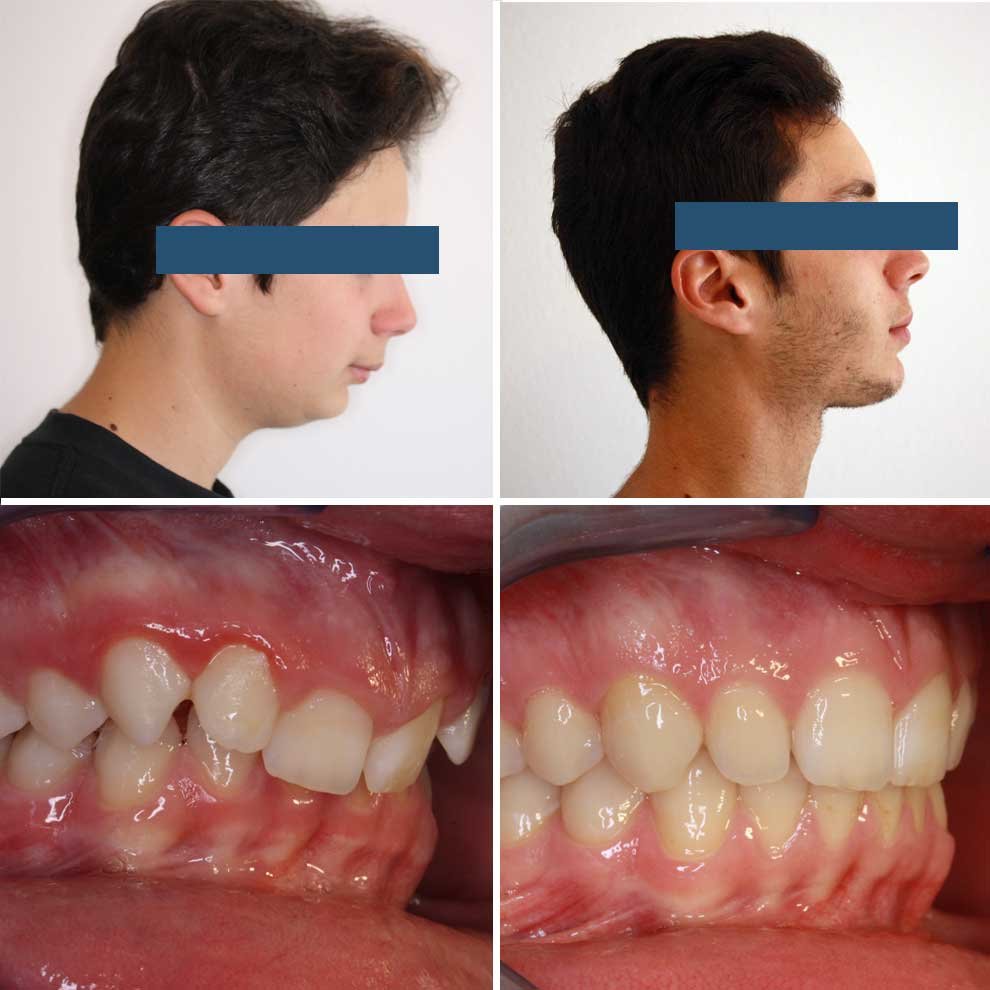German-speaking malocclusion expert
Class II and III Malocclusions: Impact on Health and Aesthetics
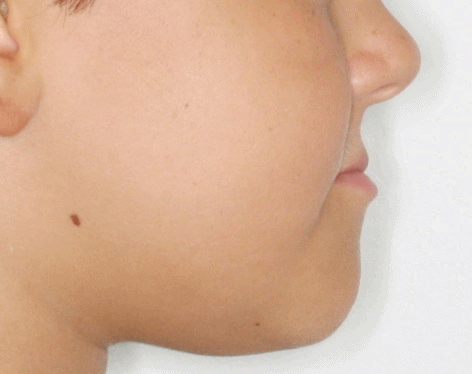

Malocclusion
Class II Malocclusion

Class II malocclusion occurs when the upper jaw (maxilla) is positioned too far forward or the lower jaw (mandible) is too far back. This leads to a discrepancy between the upper and lower teeth, often resulting in a pronounced overbite.
Class II causes:
- Retrognathic jaw (mandible): The lower jaw is small or underdeveloped, causing it to appear recessed. This can be due to genetics, poor jaw development, or habits like prolonged pacifier use.
- Maxillary protrusion: The upper jaw is excessively forward, which may result from thumb-sucking, tongue-thrusting, or hereditary factors.
- Combination: In some cases, both the upper and lower jaws contribute to the misalignment.
Appearance:
- The upper teeth project significantly over the lower teeth.
- The chin appears recessed compared to the rest of the face.
Impact:
- Difficulty biting or chewing food.
- Increased risk of dental trauma to the protruding upper teeth.
- Potential for speech issues or self-consciousness due to appearance.
Class II treatments:
Class II malocclusions are typically treated during childhood or adolescence when the jaw is still developing. Common solutions include:
- Functional Appliances: Devices like the Bionator, Twin Block, or Frankel Functional Regulator are used to guide the growth of the jaw and improve alignment.
- Braces: Traditional or self-ligating braces can correct the positioning of teeth.
- Orthognathic Surgery: In severe cases, surgery may be required in adulthood to reposition the jaws.
- Mandibular protrusion: The lower jaw grows excessively forward. This is often due to genetics, a large tongue, or habits like tongue-thrusting or mouth breathing.
- Maxillary retrusion: The upper jaw fails to develop adequately, causing it to appear recessed. This can also be genetic and may be linked to breathing problems.
- Combination: In many cases, both the upper and lower jaws contribute to the issue.
- The lower teeth and jaw protrude beyond the upper teeth.
- The facial profile may have a prominent chin and flattened midface.
- Difficulty biting, chewing, or speaking.
- Increased wear on the teeth due to misalignment.
- Aesthetic concerns or self-esteem issues.
- Maxillary Expander: A device like the Hyrax for children widens the upper jaw to create more space.
- Rapid Palatal Expander (MARPE): For adults, the MSE system is used to expand the maxilla.
- Face Mask: This appliance helps pull the upper jaw forward in children.
- Braces: Braces or clear aligners help align teeth correctly after jaw adjustments.
- Orthognathic Surgery: Surgery may be needed for severe cases in adults to correct the jaw positions.
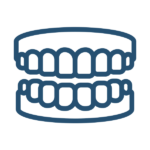
Malocclusion
Class III Malocclusion
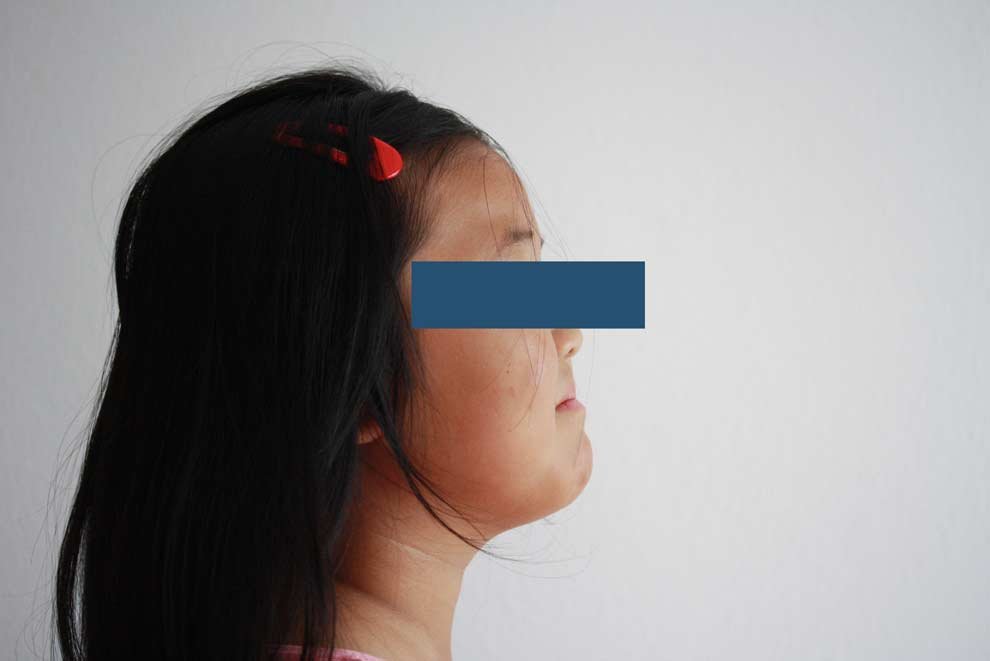
Class III malocclusion occurs when the lower jaw (mandible) is positioned too far forward or the upper jaw (maxilla) is too far back. This leads to a reverse bite, where the lower teeth overlap the upper teeth, commonly referred to as an underbite.
Class III causes:
Appearance:
Impact:
Class III treatments:
Treatments for Class III malocclusion aim to balance the jaws and teeth. Options include:
